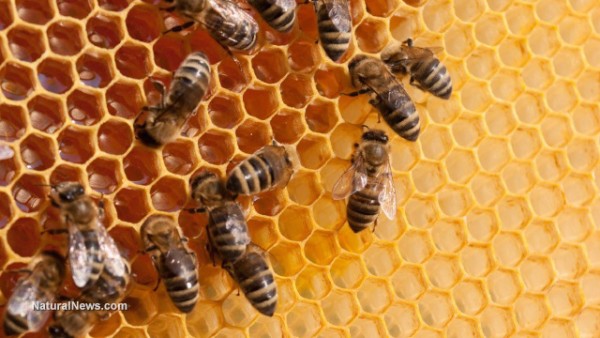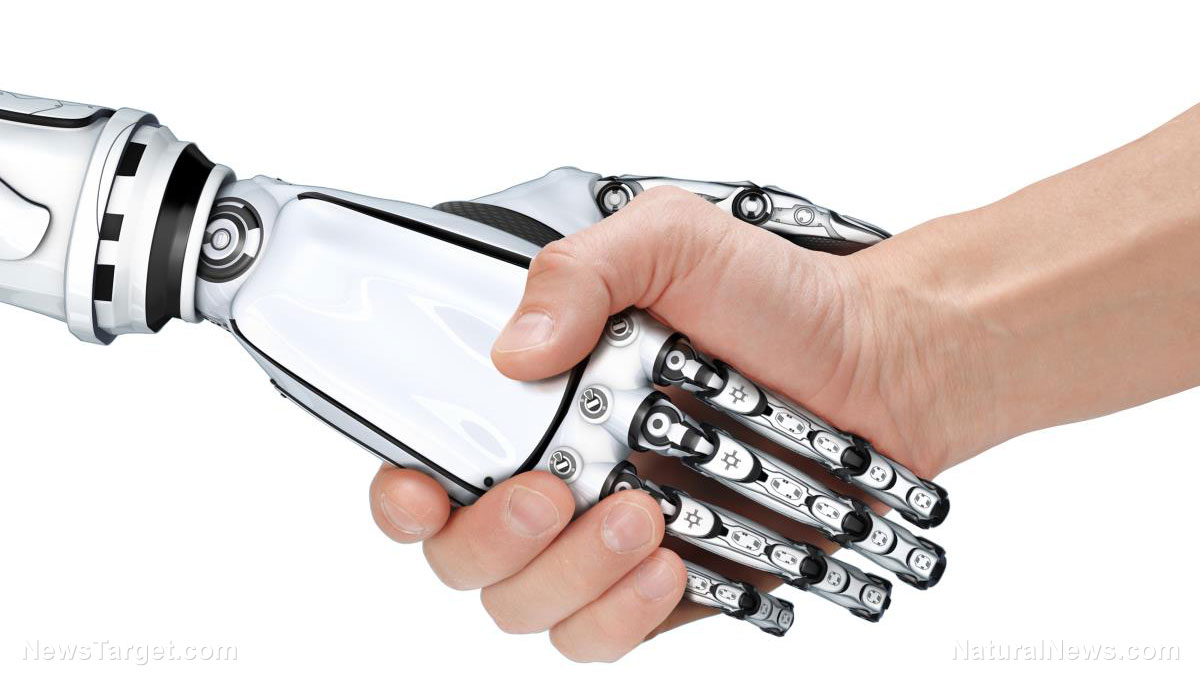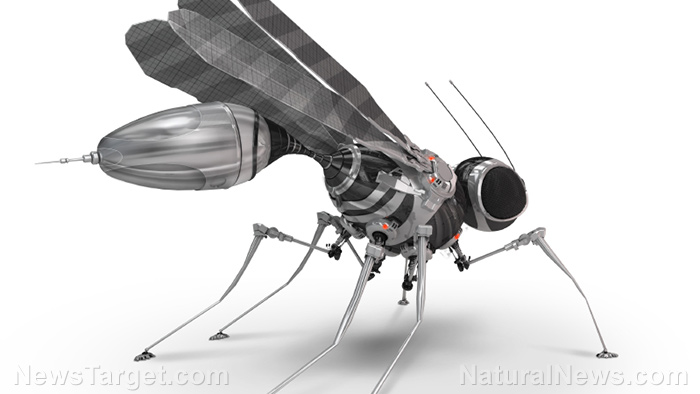Researchers develop tiny robots that are able to blend into bee colonies and interact with them
07/22/2018 / By Edsel Cook

European researchers have designed autonomous robots that will be accepted by real animals. According to a Your Is article, these robot bees and fish can investigate, understand, and even influence the animals.
The robot bees will expand current understanding of pollinators, which occupy immensely important roles in the ecosystem. Bees and other pollinators support biodiversity by promoting the reproduction of various plants that serve as nourishment for the rest of the food pyramid.
The United Nations paid tribute to their importance by designating May 20, 2018, as World Bee Day.
Researchers have also studied bees to get a better handle on environmental pollution. The insects are sensitive to changes in their surroundings, making them very vulnerable to the direct and indirect effects of herbicides and pesticides. (Related: Walmart just filed six patents for robot bees – and it sounds like an episode straight out of Black Mirror.)
Austrian researchers create robot bees that are accepted by real bees
In order to gain a better understanding of bee behavior, a research team from the University of Graz have created autonomous robot bees. The new robots are capable of operating on their own and are deployed as mini-swarms of their own.
They are also able to interact with real bees. Their appearance and behavior are so realistic that real bees will not drive them away. Instead, they are accepted into the hive as members of the colony.
Sensors aboard the robots will be able to provide a bee’s eye view of the interior of the hive. They will be able to observe the insects’ normal behaviors and interactions.
The robots can also be used to influence the behavior of the hive. For example, they could communicate the location of a more reliable food supply – say, one that has been set up by humans – to the real bees.
The data gleaned from the robot bees will be used to devise new methods of protecting bees from harm. In turn, preserving local populations of these productive and invaluable insects will help protect the environment.
The Austrian study is part of the Animal and Robot Societies Self Organize and Integrate by Social Interaction (ASSISIbf) project. It is funded by the European Commission through the latter’s Future and Emerging Technologies research program.
Protecting important species is one of the goals of ASSISIbf. The findings from its many studies are also employed in agriculture, biomedicine, and the management of domestic animal stocks.
Swiss counterparts develop robotic zebrafish
ASSISIbf is working on robots that can seamlessly integrate into the communities of social animals. In addition to the robot bees in Austria, the project is also sponsoring a second robot program in Switzerland.
In the École Polytechnique Fédérale de Lausanne (EPFL), a robotics research team has created a robotic zebrafish. Like its bee equivalent, the robot fish is indistinguishable from living fish and is happily welcomed by actual zebrafish into their ranks.
Also called danios, zebrafish are small, colorful, and very popular aquarium fish. They like to form shoals – a group formed for social reasons – and schools – a group that swims in the same direction in a coordinated manner.
The robot zebrafish is not only capable of influencing the behavior of its living shoal-mates and schoolmates. It can also study how its companions communicate and move as one. Over time, it adapts its movements to match those of the real fish, making it indistinguishable from living zebrafish.
ASSISSIbf hopes its robot bees and zebrafish will provide new, deeper ways of interaction between humans and animals.
You can read more about the ways animals – and their robotic doppelgangers – interact at Ecology.news.
Sources include:
Tagged Under: bee behavior, bee colony, bees, future tech, insects, inventions, pollinators, robot animals, robot bees, robot zebrafish, robotics, robots, weird science, zebrafish


















